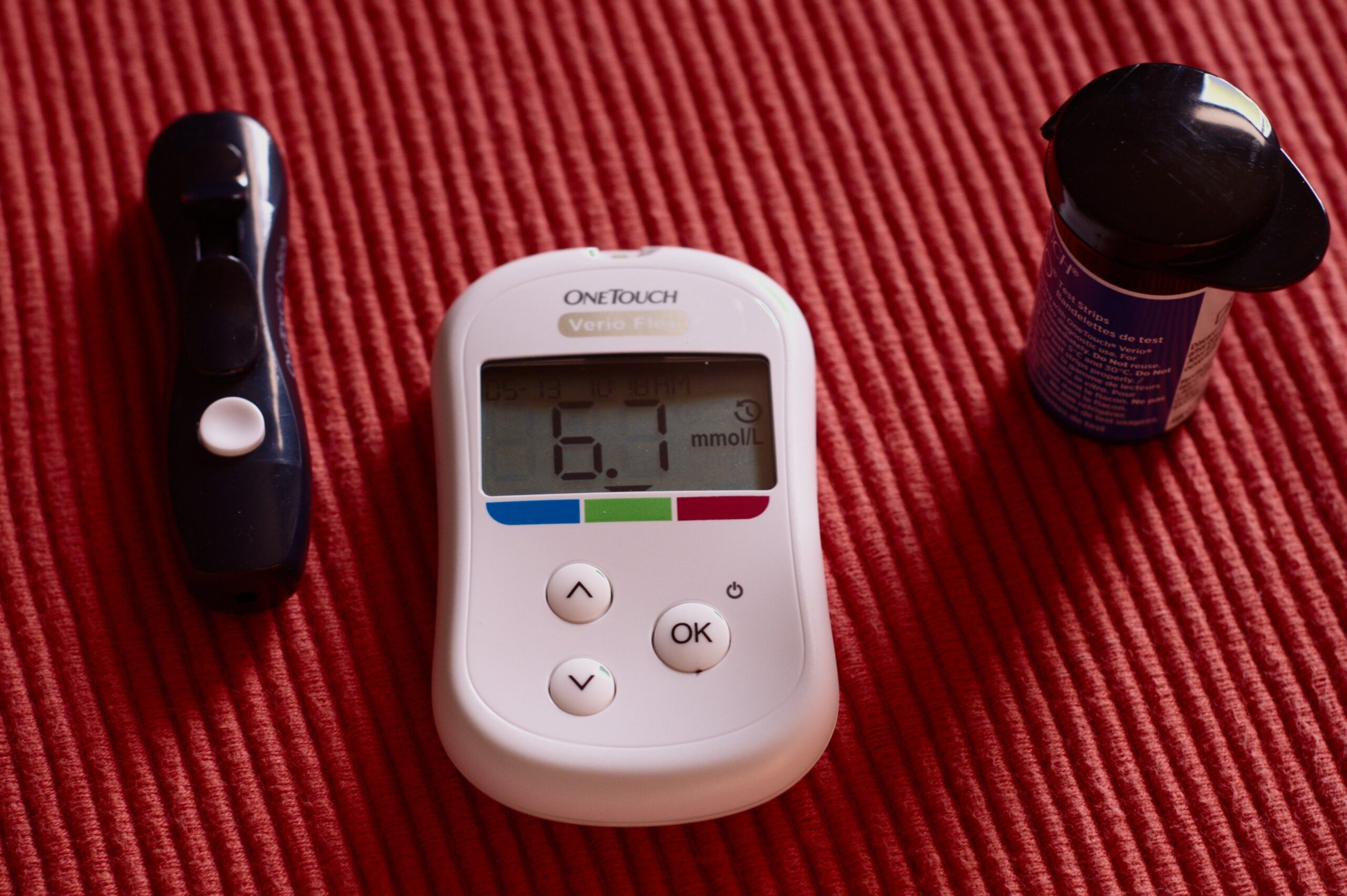Engineers from MIT (Massachusetts Institute of Technology) in Cambridge have succeeded in creating a revolutionary implant. This is able to produce both oxygen and insulin in vivo. A new glimmer of hope for people suffering from type 1 diabetes.
Type 1 diabetes is an autoimmune disease, estimated to affect around 10% of people worldwide. Even though the lives of those carrying this disease have improved significantly with medical advances in the 21st century, this type of diabetes is increasing from year to year. A pathology which is growing by 3 to 4% per year on national soil. To maintain a normal life, the patients concerned are forced to inject exogenous insulin, to counterbalance the fact that their body no longer produces enough to regulate the level of glucose in the blood. These regular injections work, but their daily weight can become debilitating. However, MIT would be on the trail of an effective alternative, in the form of an implant.
A future revolution in the treatment of diabetes?
One way to treat diabetes is to transplant pancreatic islets (or islets of Langerhans), endocrine cells in the pancreas that produce insulin. The only concern is that these cell clusters quickly run out of oxygen, which ultimately prevents them from doing their job properly.
A serious obstacle, which this MIT team managed to circumvent. By designing an implantable device, it can not only produce insulin, but also generate its own oxygen. It produces it thanks to the water vapor present in the wearer’s body. The tests, so far carried out on diabetic mice, seem conclusive: for a month, their blood sugar levels were effectively regulated.
Towards a human application of these implants
Currently, the implant is the size of an American coin, but could be further shrunk to the size of chewing gum for application on the human body. Perhaps good news for diabetics in the future, but other applications may be possible.
Indeed, other diseases require the release of regular therapeutic proteins: hemophilia, anemia due to chronic renal failure or common variable immunodeficiency (CVID), for example. This type of implant could very well be considered for the treatment of these pathologies.
If this MIT innovation succeeds, the lives of millions of people around the world could be completely changed. Diabetes treatment that is more independent and less restrictive once implemented.
Sources: MIT, FRM

6